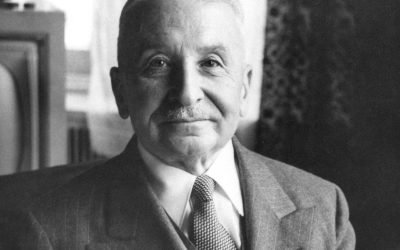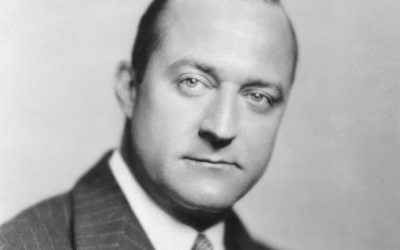The uniformity-of-profit principle explains not only how a free market prevents and counteracts mistakes in the relative production of the various industries, but also how the consumers in a free market have the power of positive initiative to change the course of production. All the consumers need do to cause production to shift is to change the pattern of their spending.
If the consumers decide to buy more of product A and less of product B, the production of A automatically becomes more profitable and that of B less profitable. Capital then flows to A and away from B. The production of A is thus expanded, and that of B contracted, until, once again, both A and B afford neither more nor less than the general or average rate of profit.
Of course, businessmen do not sit back and passively wait for the consumers to shift their demand. On the contrary, businessmen seek to anticipate changes in consumer demand and to adjust production accordingly. In addition, of course, they constantly seek to introduce whatever new or improved products they believe will attract consumer demand once the consumers learn of the product.
Businessmen will produce anything for which they believe the consumers will pay profitable prices, and they will cease to produce anything for which the consumers are unwilling to pay profitable prices. In this sense, business is totally at the disposal of the consumers— the consumer is king, as the saying goes.
In total opposition to the misguided efforts of the Marxists to contrast production for profit with “production for use,” the fact is that production for profit is production for use. It is production for the use of the consumers, as determined by the value judgments of the consumers themselves. It is the way production for use takes place in the context of a division-of-labor society, in which the producers produce for the needs of others, whose needs are conveyed to them by means of profit and loss.
This series is adapted from Reisman’s Capitalism: A Treatise on Economics, Chapter 6, The Dependence of the Division of Labor on Capitalism, “The Power of the Consumers to Determine the Relative Size of the Various Industries.”




